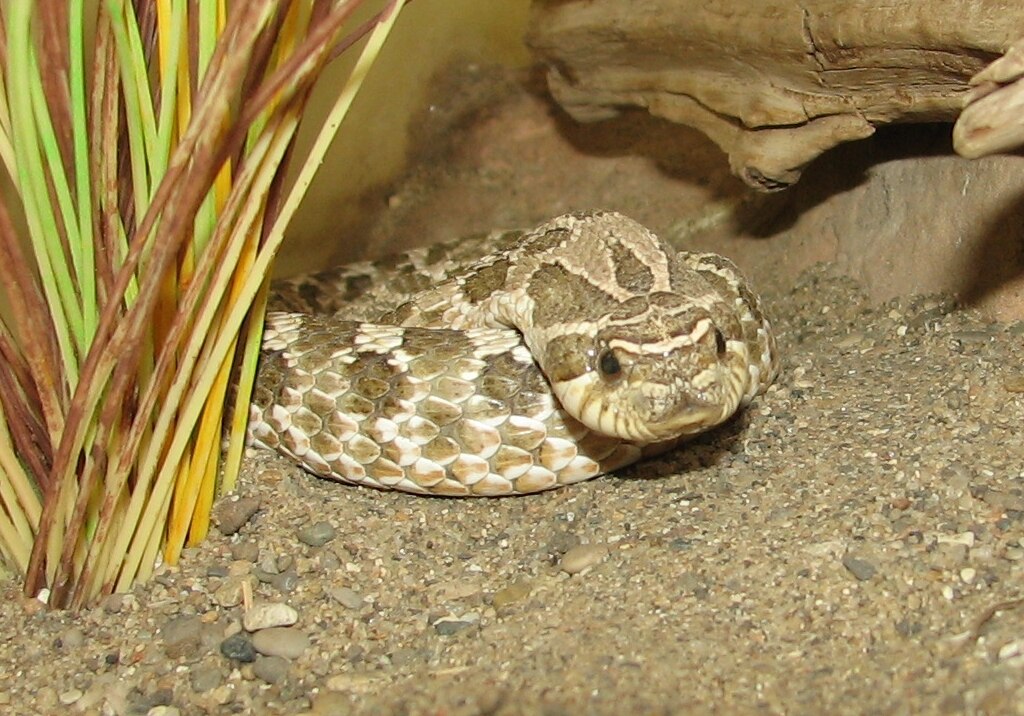Snakes, often misunderstood creatures of the reptile world, display fascinating behavioral patterns that vary throughout the year. One particularly noteworthy phenomenon is seasonal aggression – periods when typically docile snakes may exhibit heightened defensive or aggressive behaviors. This natural variation in temperament isn’t random but rather a complex response to environmental, physiological, and evolutionary factors. Understanding the seasonal nature of snake aggression helps demystify these remarkable animals and can significantly improve human-snake interactions, whether in the wild, captivity, or during unexpected encounters. As we explore the factors driving these behavioral shifts, we’ll gain valuable insights into the intricate lives of these remarkable reptiles and how their aggression patterns have evolved as survival mechanisms in a constantly changing world.
The Hormonal Influence on Snake Aggression
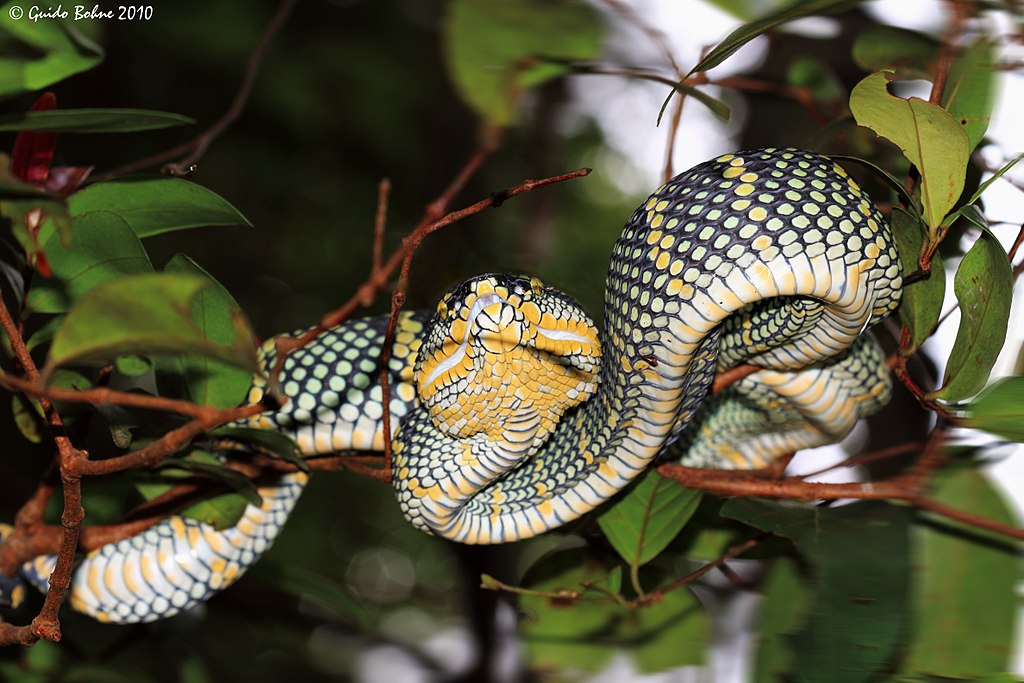
Hormone fluctuations play a crucial role in seasonal snake aggression, particularly in male snakes during breeding season. Testosterone levels surge dramatically in males as reproductive periods approach, often increasing their territorial behaviors and general aggression. This hormonal shift transforms even typically calm species into more reactive creatures, ready to defend potential mating opportunities or ward off competing males. Female snakes experience their own hormonal changes that can influence aggression, especially when gravid (pregnant) as their protective instincts intensify. These biochemical changes essentially rewire snake behavior temporarily, prioritizing reproduction and survival of offspring over energy conservation and camouflage.
Breeding Season Territoriality
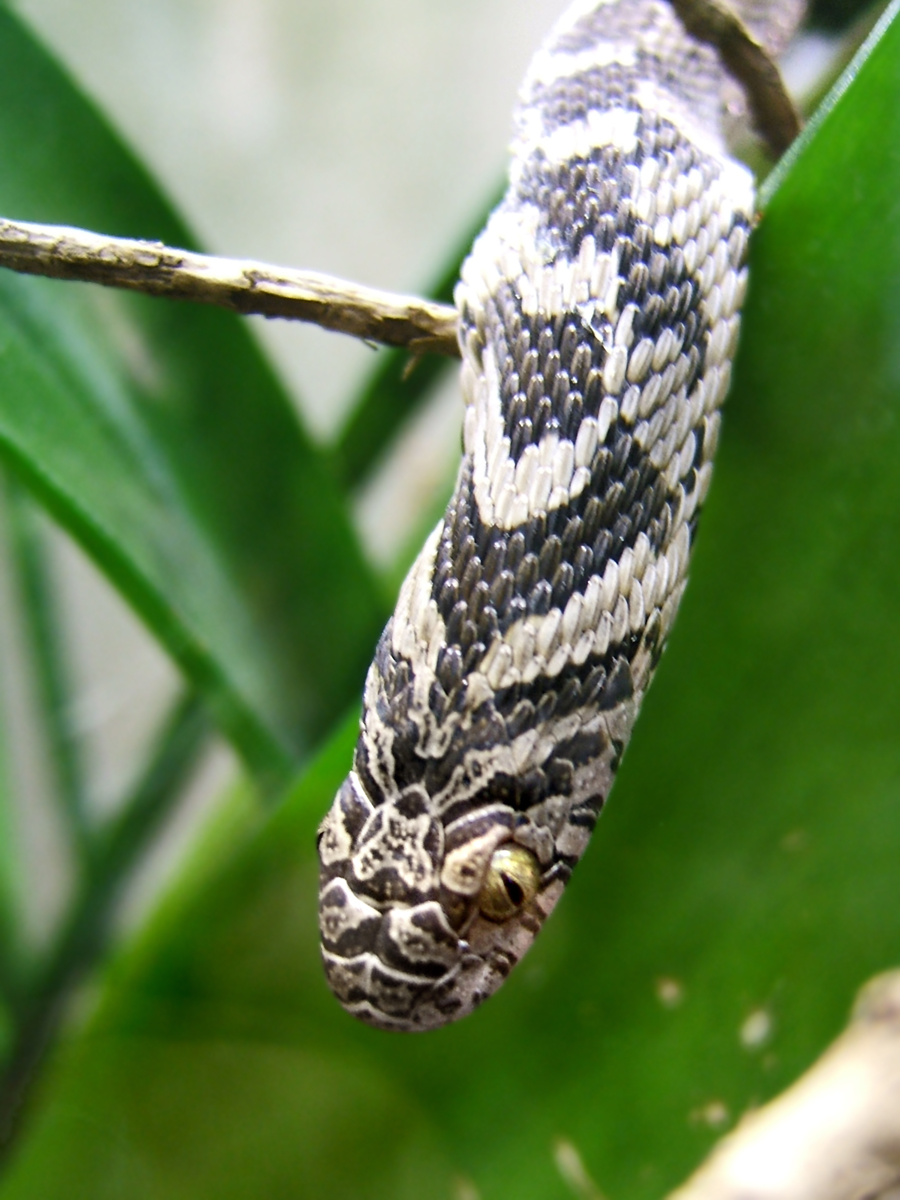
During breeding seasons, many snake species exhibit heightened territorial behaviors that can be misinterpreted as unprovoked aggression. Males actively patrol larger territories than usual, seeking receptive females while simultaneously defending these areas from rival males. This competition for mates can lead to dramatic confrontations between males, including ritualized combat where they wrestle and intertwine while trying to pin each other’s heads to the ground. Species like rattlesnakes and king cobras become particularly defensive of their breeding territories, increasing the likelihood of defensive strikes if they perceive threats. This territorial aggression isn’t permanent but represents a seasonal investment in reproductive success that diminishes once breeding opportunities pass.
Maternal Defensive Aggression
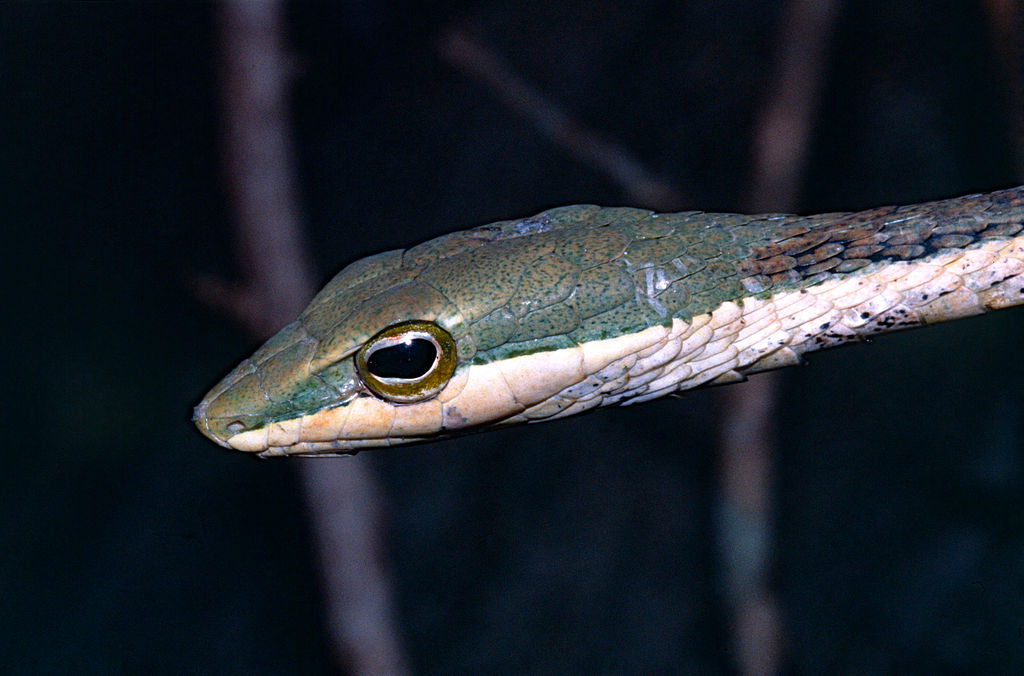
Female snakes display remarkable shifts in aggression patterns when protecting their eggs or developing young. Species that provide maternal care, such as pythons, become notably more aggressive when guarding their clutches, abandoning their typically secretive nature to actively defend their offspring. This protective aggression manifests through distinctive warning behaviors – hissing, striking, and positioning themselves between perceived threats and their eggs. The maternal drive is so powerful that females often forgo feeding during this period, channeling all energy toward protection rather than self-maintenance. Once hatching occurs or young disperse, these same female snakes typically return to their normal, less confrontational behavioral patterns.
Pre-Hibernation Feeding Aggression
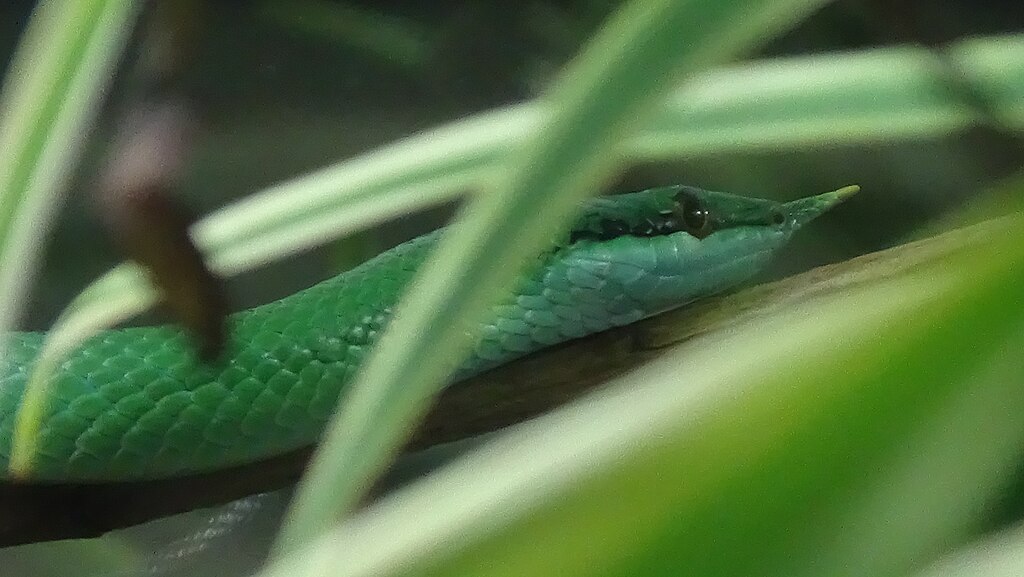
As colder months approach in temperate climates, snakes enter a critical feeding phase that can significantly increase aggression related to hunting and prey acquisition. This pre-brumation (hibernation) period represents a snake’s final opportunity to build fat reserves that will sustain them through months of inactivity. The urgency of this feeding window creates more bold hunting behaviors, with some species becoming less selective about prey size and more persistent in their pursuit. Disrupting a snake during this crucial feeding phase is more likely to trigger defensive responses as the animal prioritizes successful feeding over hiding from potential threats. These hunger-driven behavioral changes typically subside once the snake has secured sufficient nutrition or as temperatures drop further, signaling the transition to brumation.
The Impact of Shedding Cycles
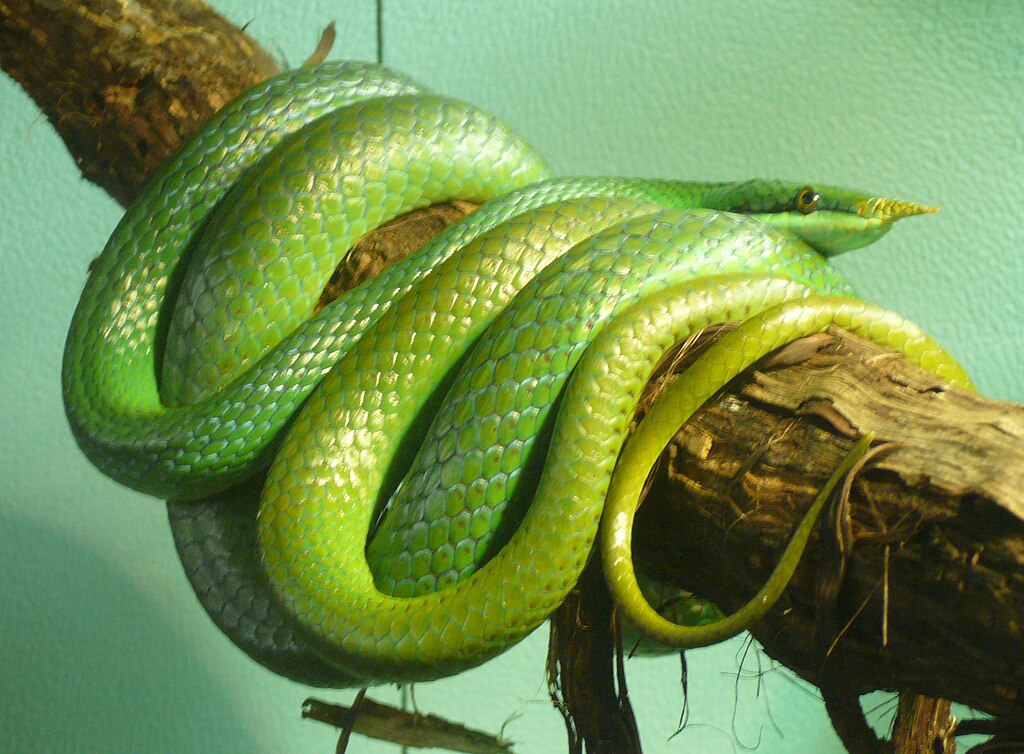
A snake’s shedding cycle, while not strictly seasonal, often clusters during warmer months and significantly affects aggression levels. During the pre-shedding phase known as “in blue” (named for the bluish appearance of their eyes as the old eye caps loosen), snakes experience compromised vision and heightened vulnerability. This temporary visual impairment makes them more defensive as they cannot clearly distinguish between genuine threats and harmless movements. Many keepers and field researchers note that normally docile snakes become remarkably more aggressive or defensive during this period. The irritation associated with the physical process of shedding further compounds this behavioral shift, making snakes quicker to strike when approached. Once shedding completes, most species return to their baseline temperament within 24-48 hours.
Temperature-Driven Behavioral Changes
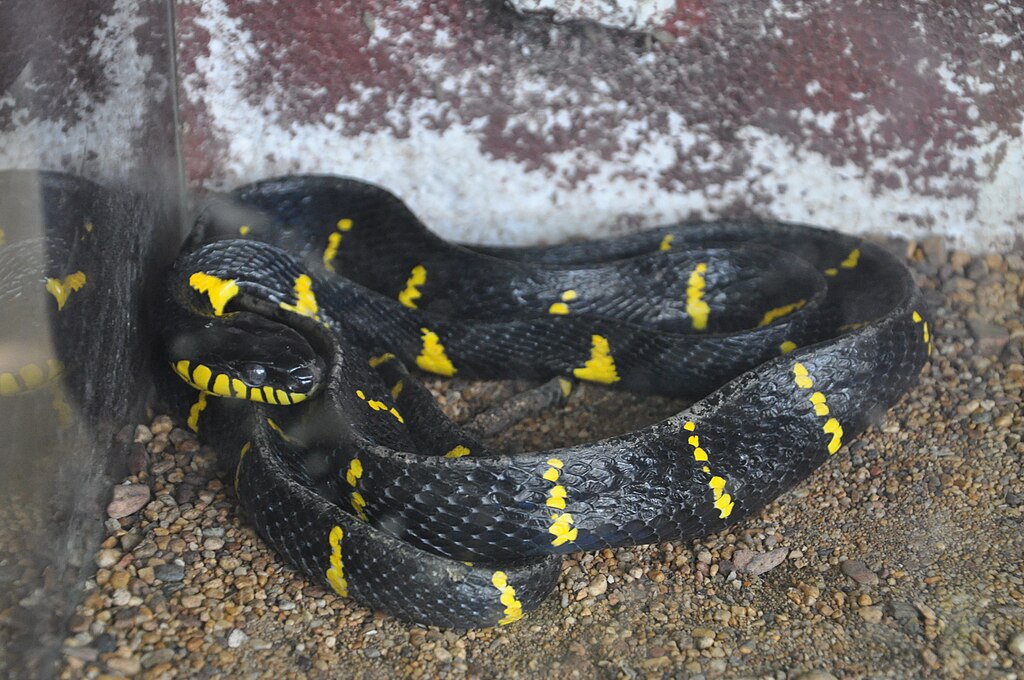
Snake aggression correlates strongly with ambient temperature fluctuations throughout the year, creating predictable seasonal patterns. As ectothermic (cold-blooded) animals, snakes become more active and potentially aggressive during warmer seasons when their metabolism runs higher and movements become more fluid and precise. This temperature-driven activity increase means summer encounters with humans are more likely to result in defensive responses as snakes can execute faster strikes and retreats. Conversely, during cooler seasons, many species become notably more docile as their metabolic rate slows, making defensive behaviors metabolically expensive and less effective. This temperature dependence explains why snake bites and aggressive encounters cluster during particular months in many regions, creating a distinct seasonal pattern to snake-human conflicts.
Seasonal Hunger and Hunting Aggression

Seasonal prey availability drives distinct cycles of hunting aggression in many snake species worldwide. During periods when preferred prey emerges or becomes abundant, snakes transition into more active hunting modes that appear as increased aggression to human observers. This hunting-related aggression peaks during spring emergence for many species when prey animals are also becoming active after winter dormancy. The hunger following extended fasting periods (like hibernation) further intensifies this hunting drive, creating a perfect storm of heightened predatory aggression. Venomous species may deliver larger venom loads during these hungry periods, making seasonal bites potentially more dangerous even if the frequency of defensive behavior remains constant. These patterns of hunger-driven aggression follow predictable seasonal curves that wildlife managers and medical professionals track to prepare for potential human-snake conflicts.
Geographic Variations in Seasonal Aggression
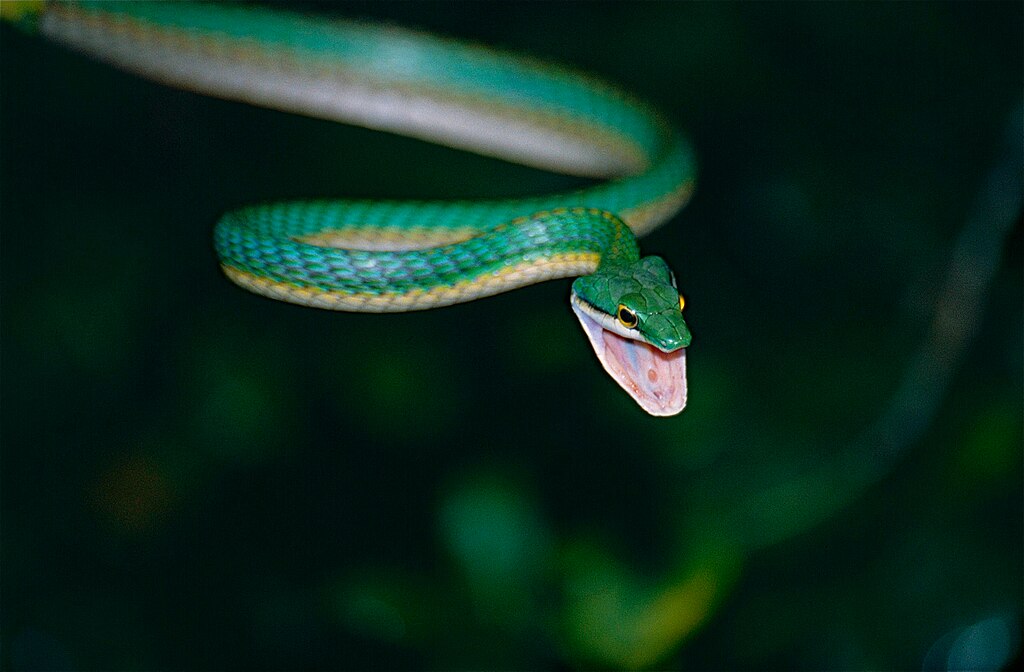
Snake aggression patterns vary dramatically between geographic regions, creating distinct seasonal profiles based on local climate conditions. Tropical species often display less pronounced seasonal aggression cycles since their environments maintain relatively stable temperatures and prey availability year-round. In contrast, snakes in temperate and subtropical regions exhibit much sharper seasonal aggression peaks that coincide with their compressed activity periods. The timing of these aggressive phases shifts with latitude – southern populations may show breeding aggression in early spring, while the same species further north might not display these behaviors until late spring or early summer. Altitude creates similar effects within regions, with highland populations showing delayed or compressed aggression seasons compared to their lowland counterparts of the same species.
Seasonal Venom Composition Changes

Fascinating research has revealed that some venomous snakes actually alter their venom composition seasonally, which correlates with changes in their aggressive behaviors. These biochemical shifts often align with seasonal prey availability, optimizing venom efficiency for specific target animals that predominate during different times of year. For example, certain rattlesnake species produce more neurotoxic venom components during seasons when birds constitute a larger portion of their diet. Beyond hunting efficiency, these venom changes can influence defensive behavior as snakes may be more willing to deliver defensive bites when their venom is optimized. Seasonality even affects venom yield, with some species producing larger quantities during their most active periods, potentially making defensive bites during these seasons more medically significant for humans.
Human Activity Patterns and Seasonal Encounters
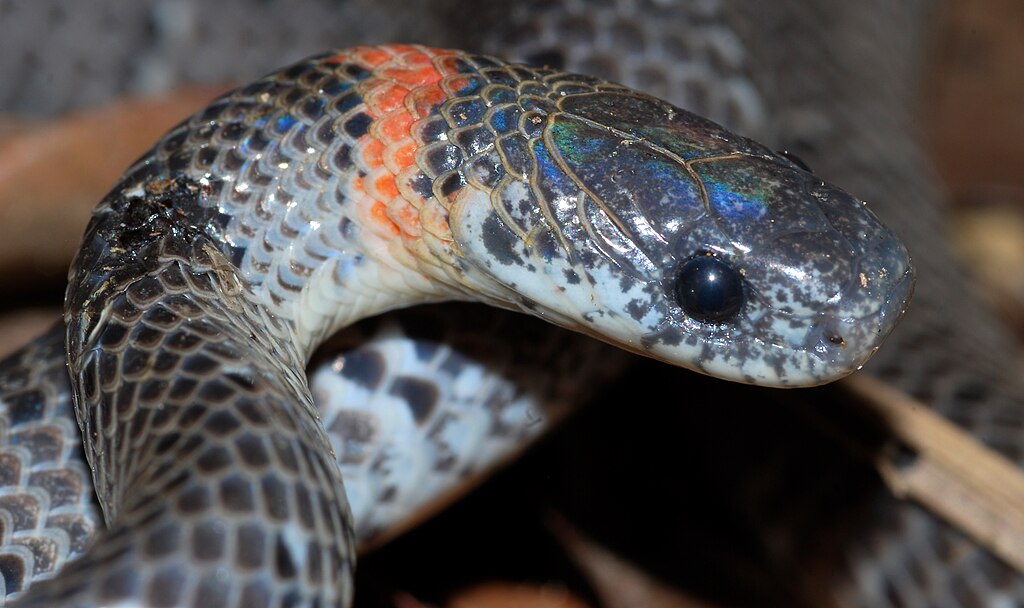
The perception of seasonal snake aggression is partially shaped by human activity patterns that increase encounter rates during specific times of year. Spring and summer months bring more humans into snake habitats for recreation, gardening, and outdoor work, creating a statistical surge in snake encounters that may be misinterpreted as increased snake aggression. Agricultural activities like harvesting disrupt snake habitats in seasonal pulses, forcing snakes into defensive encounters they would typically avoid. Construction and development projects often follow seasonal schedules that coincide with snake activity periods, further amplifying human-snake interactions. These anthropogenic factors create seasonal patterns in snake bite statistics that reflect human behavior as much as they do snake aggression, complicating our understanding of true seasonal temperament changes in wild snake populations.
Managing Captive Snakes During Aggressive Seasons

Snake keepers and breeders must adapt their husbandry practices to accommodate predictable seasonal aggression in captive specimens. During known aggressive periods like breeding season, experienced handlers minimize unnecessary handling and approach enclosures with heightened awareness of potential strikes. Environmental modifications can help mitigate seasonal aggression, such as providing additional hiding spots during pre-shedding phases or adjusting temperatures to moderate metabolic rates during feeding-aggressive periods. Keepers often schedule necessary maintenance like cage cleaning around these predictable aggression cycles rather than forcing interactions during peak defensive periods. For particularly aggressive species or individuals, keepers may employ specialized handling tools more frequently during seasonal aggression peaks while still maintaining appropriate care schedules.
Evolutionary Advantages of Seasonal Aggression
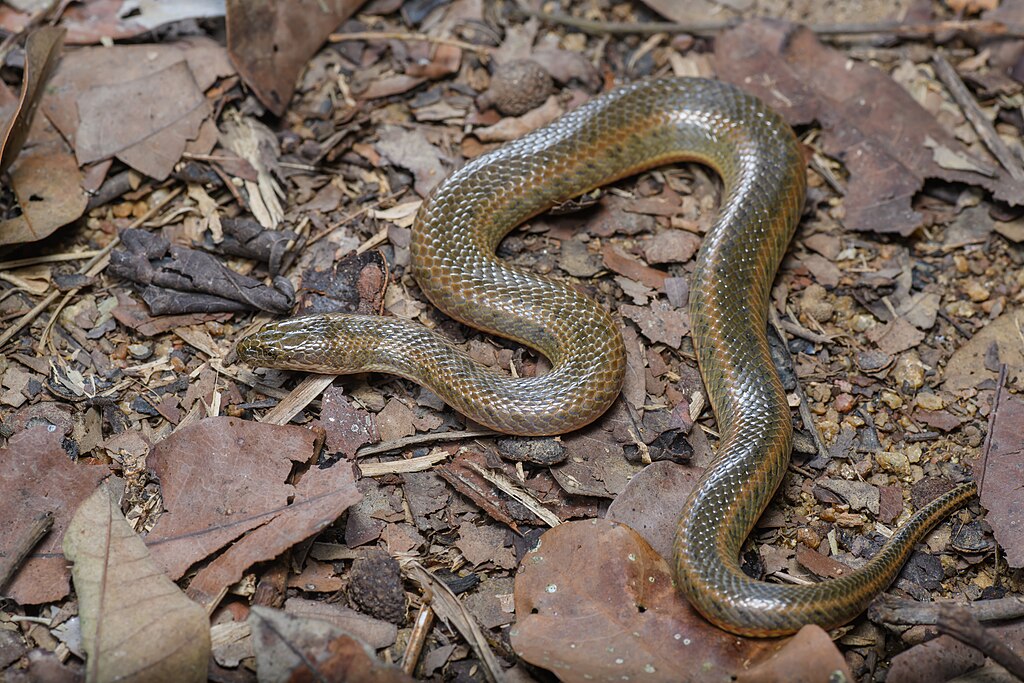
Seasonal aggression patterns represent sophisticated evolutionary adaptations that maximize snake survival through resource optimization. By concentrating aggressive behaviors during periods when they provide reproductive or survival advantages, snakes conserve valuable energy during less critical times. This temporal partitioning of aggression allows snakes to maintain territorial defense during breeding while adopting more cryptic, energy-efficient behaviors during harsh seasons. The alignment of aggressive periods with specific ecological conditions (like prey abundance or predator activity) demonstrates the fine-tuned nature of these evolutionary adaptations. Some species have evolved remarkable specialization in their seasonal aggression patterns, like certain pit vipers that concentrate defensive behaviors during seasons when their primary predators are most active, while remaining relatively docile during other months when aggression would waste energy without providing survival benefits.
Climate Change Impacts on Snake Aggression Patterns
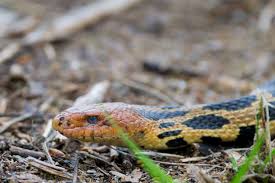
Climate change is disrupting traditional seasonal aggression patterns in snakes worldwide, creating new challenges for both snake conservation and human safety. Warming temperatures extend activity seasons in temperate regions, potentially elongating periods of territorial and feeding aggression beyond their historical timeframes. Altered precipitation patterns affect prey availability cycles, which in turn influences when snakes exhibit hunger-driven aggressive behaviors. Herpetologists have documented concerning cases of misaligned breeding seasons where male aggression peaks no longer coincide properly with female receptivity, potentially reducing reproductive success in some populations. These climate-driven behavioral shifts complicate human expectations about “snake season” in many regions, requiring updated public education about when to exercise heightened caution in snake habitats as traditional seasonal guidance becomes increasingly unreliable.
Conclusion
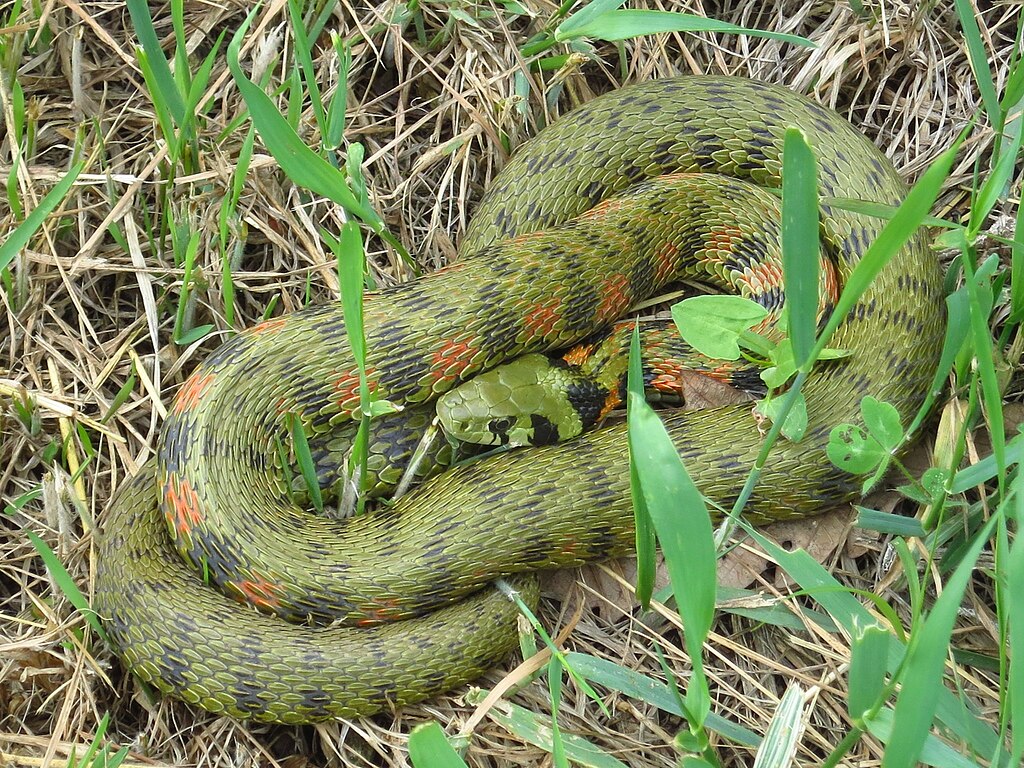
Understanding the seasonal nature of snake aggression provides valuable insights for wildlife managers, snake enthusiasts, and the general public alike. Rather than viewing snakes as arbitrarily aggressive creatures, recognizing that their defensive behaviors follow predictable patterns tied to reproduction, feeding, environmental conditions, and physiological states allows for more informed interactions. For those working with snakes, this knowledge enables proactive management strategies that respect the animals’ natural cycles while minimizing risk. For the casual outdoor enthusiast, understanding seasonal patterns helps contextualize snake encounters and reduces unnecessary fear. As climate change continues to shift these traditional patterns, ongoing research and observation become increasingly important to maintain our understanding of these remarkable reptiles and their complex behavioral adaptations.

